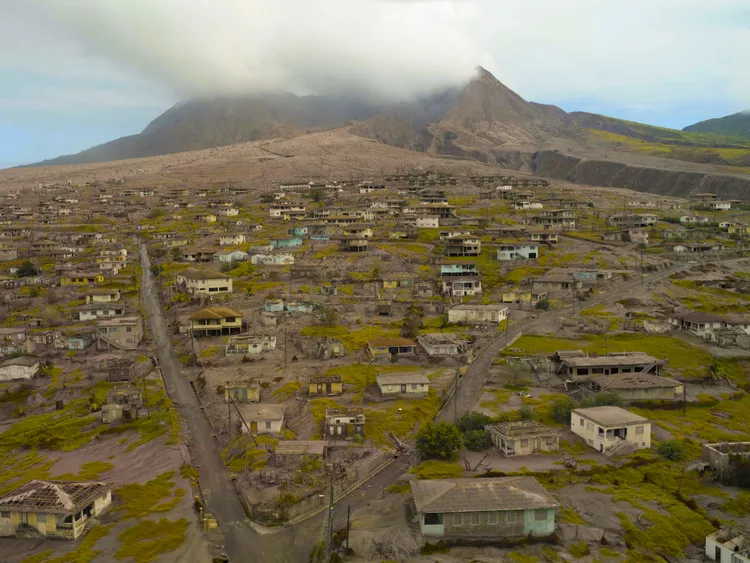Summary of Caribbean Seismic Activity
Where Can Earthquakes and Eruptions Strike?
The Caribbean region is characterized as a seismically active area, where the Caribbean and North American tectonic plates converge. This region experiences fault lines due to the interaction of these tectonic plates. As one plate slides beneath another, the intense heat melts the rock, leading to volcanic eruptions.
It’s important to note that while earthquakes are relatively common in the Caribbean, they tend to be low in magnitude. In fact, the region experiences over 3,000 earthquakes annually; however, most of these are minor and go unnoticed by vacationers, only detected by seismologists.
An exceptional case was the January 2010 earthquake in Port-au-Prince, Haiti, which registered a magnitude of 7.0 on the Richter scale, centered just 10 miles from the capital. This quake resulted from slippage along the Enriquilla-Plantain Garden Fault, which runs through Hispaniola, including both Haiti and the Dominican Republic. This area also features another significant fault line, the Septentrional Fault, which traverses the northern part of the island and extends into Cuba.
The Haiti earthquake tragically resulted in over 100,000 casualties and the destruction of approximately 250,000 buildings. Other stronger seismic events have been recorded, such as a magnitude 7.7 quake in Aguadilla, Puerto Rico, in 1943, and a 7.5 quake in St. John, Antigua, in 1974. Notably, one of history’s most infamous earthquakes struck Port Royal, Jamaica, in 1692, causing much of the city, renowned for its wealth and connections to piracy, to submerge into the ocean.
The Lost Cities of Plymouth and Saint-Pierre, Both Claimed by Volcanoes
The Western Antilles islands of the Caribbean host several active, dormant, and extinct volcanoes. Among them, the Soufriere Hills volcano on Montserrat is particularly notable for a series of significant eruptions in the 1990s that obliterated the island’s capital, Plymouth. Once a popular destination for celebrities and musicians, including Beatles producer George Martin, Montserrat continues to face challenges in its recovery from these volcanic events.
Currently, there are 17 active volcanoes in the Caribbean, including Mount Pelee on Martinique, La Grande Soufriere on Guadeloupe, Soufriere St. Vincent in the Grenadines, and the underwater volcano Kick ’em Jenny off Grenada, which may eventually form a new island as its summit lies over 500 feet beneath the ocean’s surface.
On St. Lucia, visitors can explore the island’s unique “drive-in volcano” and indulge in hot springs and mud baths, reminders of its dormant volcanic history. In stark contrast, the remnants of Saint-Pierre on Martinique tell a tragic story; this area, once dubbed the “Paris of the Caribbean,” was consumed by lava and pyroclastic flow from Mount Pelee in 1902, resulting in 28,000 fatalities. Miraculously, only two individuals survived.
For most travelers, volcanoes act as tourist attractions rather than barriers to travel. While occasional steam and ash emissions from Montserrat can lead to flight delays, the ruins of Plymouth stand as one of the Caribbean’s most compelling sights and are recommended as a must-see on a Montserrat Volcano Tour.





